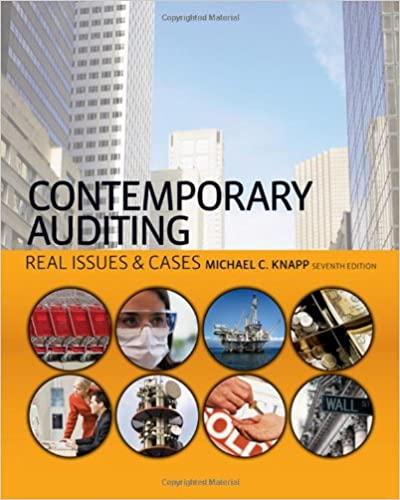Question
Given: Annual social benefits (i.e. consumer surplus) from the project are estimated to be $4000 per year. Assume the following: Stoves last three years. The
Given:
Annual social benefits (i.e. consumer surplus) from the project are estimated to be $4000 per year. Assume the following:
-
Stoves last three years. The government will have to pay $1000 per year to maintain the stoves.
-
The stoves are installed immediately and the cost of putting in the stoves is $7000, payable immediately.
-
The official annual discount rate of the Federal Government of Ethiopia is 5%/year.
-
All costs and benefits, except the cost of putting in the stoves, accrue at the end of each year.
-
At the end of the three-year period, the government will need to pay $500 to dispose of the worn-out stoves.
-
Question:
-
(a) except that instead of accruing at the end of each year, all costs and benefits except the final disposal costs accrue at the beginning of the year. If the investment decision is to be based only on a weighing of the costs and benefits, do you recommend they do the project? Please explain why and show all calculations.
- (b) The government conducts an analysis and finds few climate change benefits, but concludes that over the lifetime of the improved stoves, the probability of mortality due to acute asthma attacks declines by 1 in 1,000 (i.e. 0.001).
Step by Step Solution
There are 3 Steps involved in it
Step: 1

Get Instant Access to Expert-Tailored Solutions
See step-by-step solutions with expert insights and AI powered tools for academic success
Step: 2

Step: 3

Ace Your Homework with AI
Get the answers you need in no time with our AI-driven, step-by-step assistance
Get Started


